29 Jun Unique Experiences in Kyoto for Tourists
With so much to do in Kyoto, it is easy to get caught up in an endless itinerary. Even if you spend a week in Kyoto, you will probably miss something because there is simply so much to do. But people often forget about the unique experiences in Kyoto.
Kyoto is the cultural capital of Japan and it is such a vibrant and dynamic city that there is something is always happening somewhere. You just need to find it. But it really could be difficult for a tourist since most of the information is available on local websites, mostly in Japanese.
Well, maybe we can help with some. But there are still so many experiences customised for tourists in Kyoto. And they are available all year round. Although I have to say, most of them come with a price. On the other hand, we do go for the experience, isn’t it?
I suggest picking 2-3 out of these experiences and adding them to your itinerary wherever you can. It will definitely make your trip memorable. And you will be meeting some locals on the way, understanding why we drool so much over Japanese culture.
So let’s start.
In Kyoto? Do check out our 3-day travel itinerary to Kyoto for first-time travellers
1. Watch a Geisha Dance show
Most people come to Kyoto with the expectation of at least spotting a geisha. To be honest, it is not as easy as hanging out in the streets of Gion, expecting to find one walking down the street. If you want the real experience, the best way is to book a lunch or dinner with them. However, this is really expensive and it can be really hard to be able to book anyway.
But if you are REALLY lucky, you can see not just one but many maiko and geiko-san perform on stage. Every year during Miyaki Odori, several maiko and geiko-san perform at a few theatres around Kyoto. You can catch a performance at Minamiza Theater or Gion Kōbu Kaburenjō around the cherry blossom blooming time.
If you are here any time around May, you can also attend Kamogawa Odori at Pontocho Kaburenjo Theatre which comprises a drama act and a dance performance. The Gion Odori at Gion Kaikan takes place between 1-10 November during the fall season.
It is best to check out the websites (available on Google Maps) of these theatres to find any performances taking place. The tickets are reasonably priced compared to the price you would pay for a private audience. But make sure you also attend the tea ceremony before the show by paying extra.
But if none of the above works, you can check your hotel or guesthouse for any performances taking place during the time of your visit for there are plenty. If you are looking to spend some cash, you can always book a group or private session with a maiko-san.
Wish to spot a Geisha? Here is how to see a geisha in Kyoto, Japan
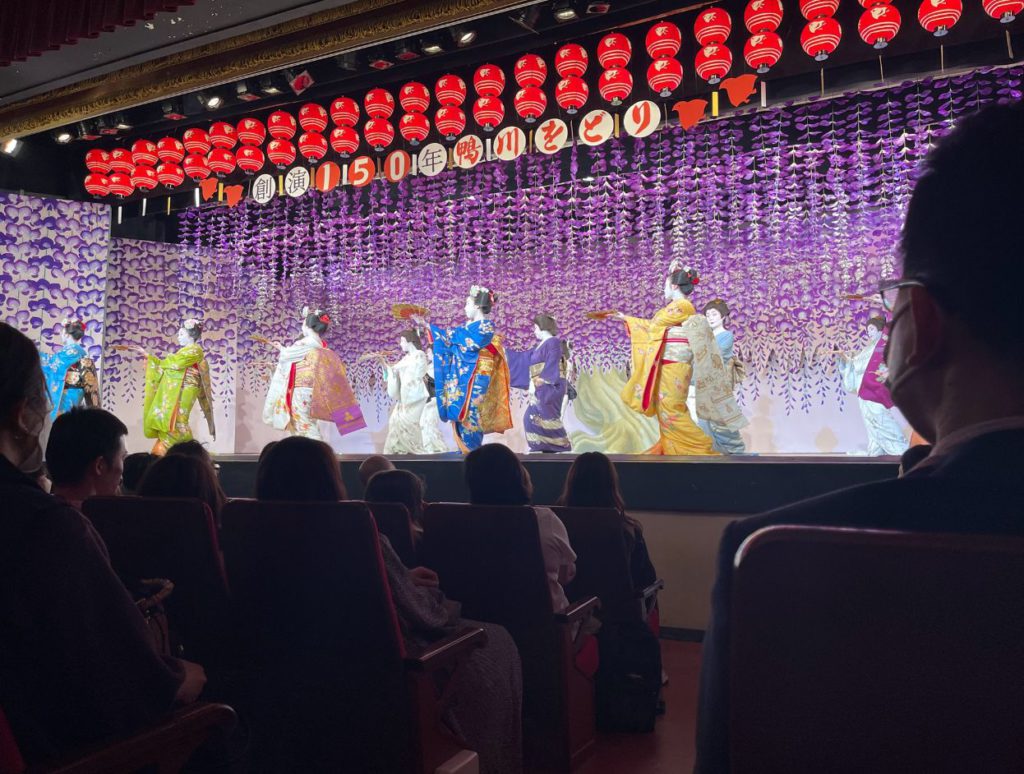
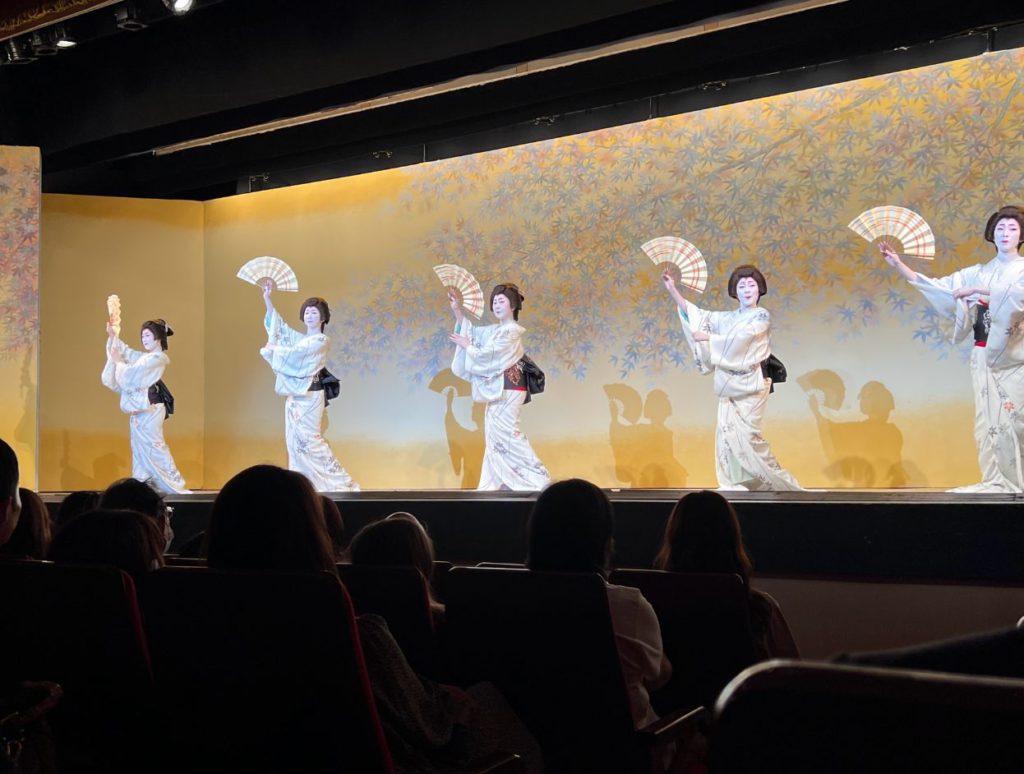
2. Dress up in a traditional kimono
This is such a unique experience when in Japan. I have to admit it is a bit touristy but then you will never find this experience out of Japan. So this could be an experience of a life time. Of course, you can choose to dress up anywhere between a simple Yukata, to a more elaborate kimono.
There are several rental shops around Gion where you can rent a Kimono for the whole day. Traditional Japanese garments are available for men as well. This would work really well if you are exploring Gion and want to take some memorable photographs.
If you want to go all the way, you can even book a session to dress up like a Maiko-san. The experience includes clothes, accessories, makeup, hair and the photoshoot. You can also get this done as a couple. Consider this as a half-day activity since the whole process is so elaborate. The experience is not just about dressing up but will give a glimpse into the traditional culture that has been carried intact for centuries by geishas.
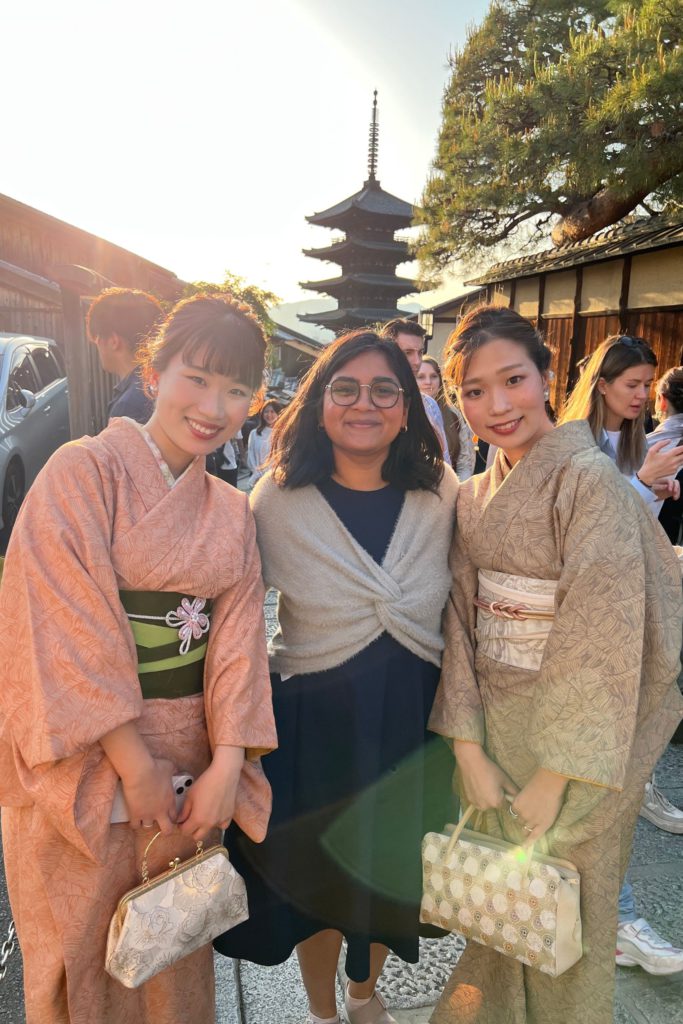
Book an Kimono Rental and Photoshoot Experience
3. Attend a Tea Ceremony
A tea ceremony in Japan is something special. It is both a cultural and spiritual experience. And it is mastered in so much detail that there are schools in the country to teach about this ceremony. As for you, tea ceremony is commonly found at several tourist attractions, temples or even paired with local events like geisha dance performances. So if you get a chance, don’t miss it.
The tea ceremony is usually presided over by an instructor or even a master. The ceremony starts with a purification ritual. You need to remove your shoes and sit over a tatami mat. As your host brews tea and serves tea to you, they will go over the importance of the ceremony and more about the matcha tea you are about to have. You will get to do this yourself later as well.
Several places around tourist attractions also have kimonos for rent. So if you wish to pay more and don a kimono, it would really get you into the immersive experience. Not to mention the great photos.
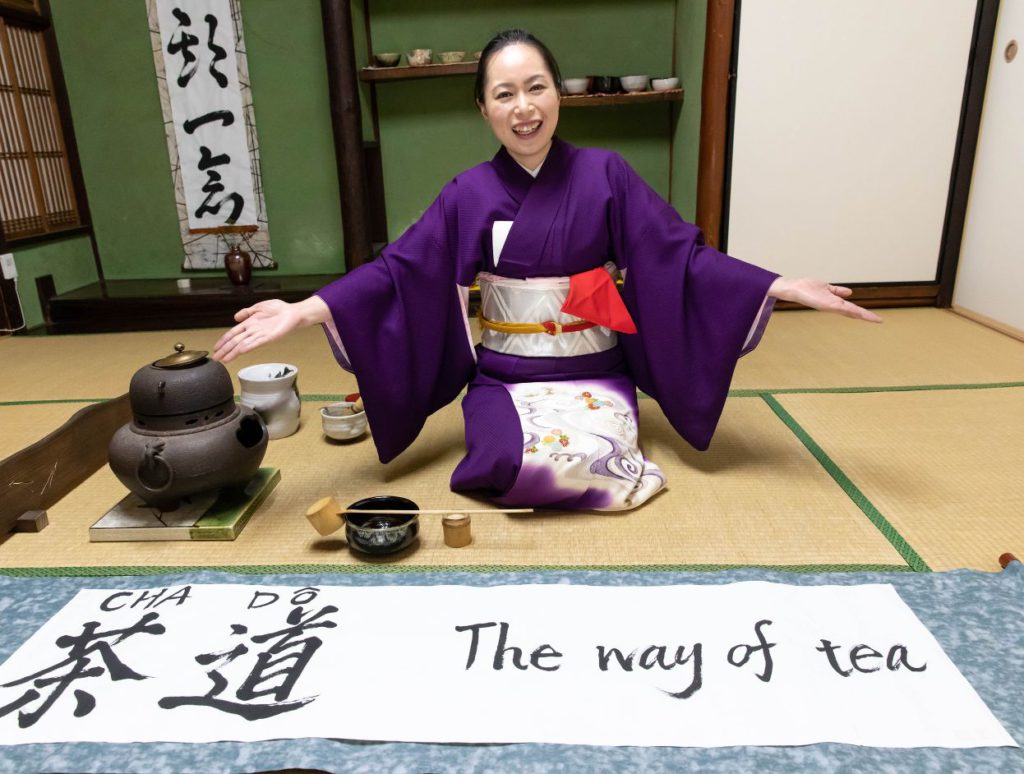
Book experience to a Traditional Tea Ceremony
4. Take a Night tour in Gion
This is something I will recommend to someone who is interested in culture, history or architecture. Or if you have seen the movie (or read the book) ‘Memoirs of a Geisha’. Well if you are interested in the mysterious world of Geisha, you may also want to watch ‘The Makanai’ on Netflix too.
But back to Gion. Gion is the place where all of this happens. It is the biggest and most popular geisha district in Japan. In modern-day Japan, geisha are known as geiko-san and the apprentices are called maiko-san. They are preservers of Japanese culture, abiding by the strict cultural norms passed on several centuries ago. Their status is one of the highest in Japanese society and it is considered fairly difficult to spot one.
While you can expect a lot of history and facts about Gion and Kyoto, you cannot expect to encounter a geiko or a maiko-san. It is incredibly rare to find them on the streets and even if you do, it is now illegal to take a photo of or with them (due to several tourist incidents of harassing them). I loved the tour because I have been fascinated by this world for years and now I could get to know the behind-the-scene stories.
Our guide also took us around some of the popular teahouses (from outside) where the top most Japanese businessmen and politicians meet to make some of the most important decisions for the country, mostly in the presence of geishas.
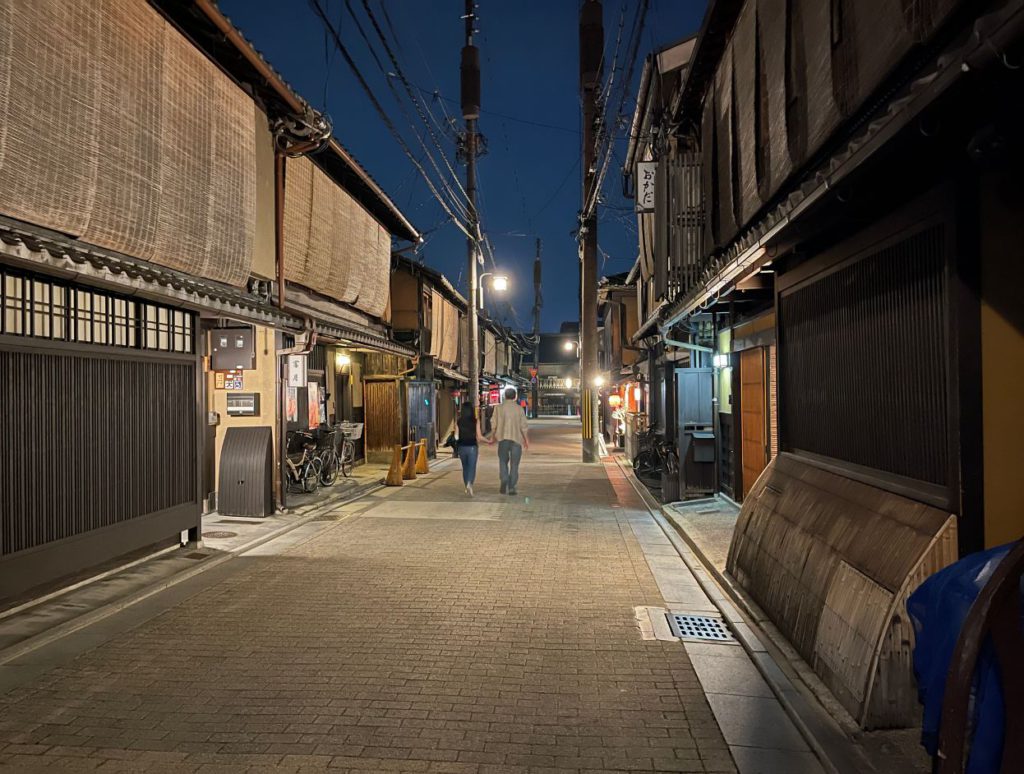
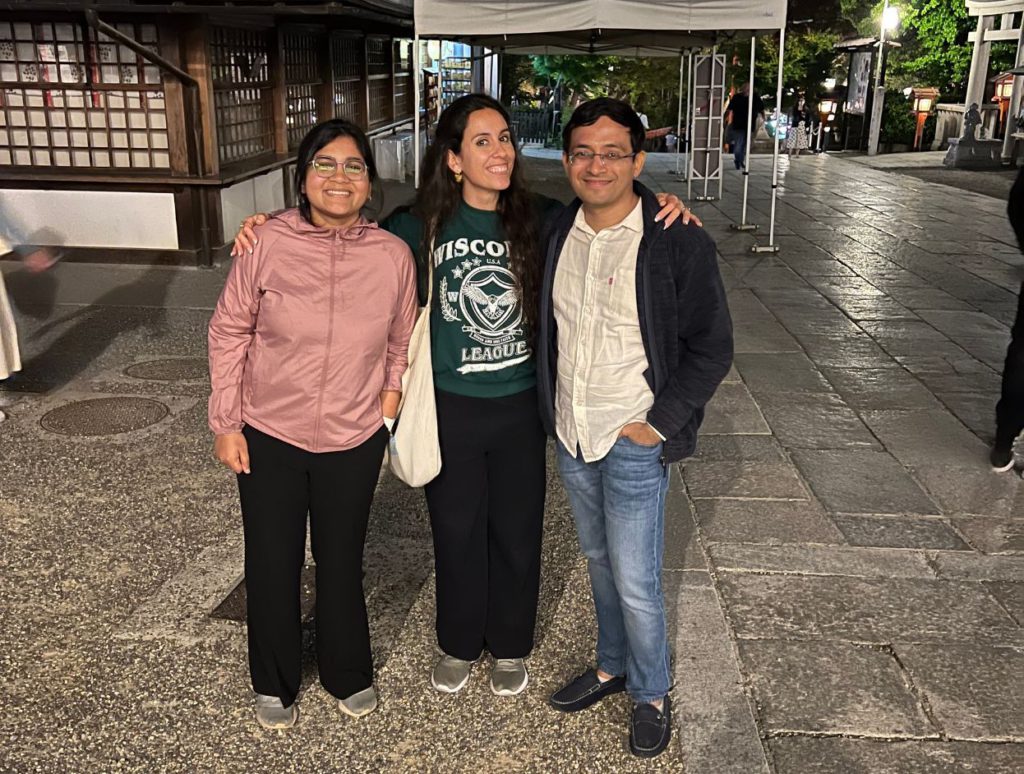
Book a Night Walking tour in Gion
5. Bar hopping at Izakaya in Kiyamachi Dori
Unlike Tokyo, Kyoto does not have a buzzing nightlife. But it does not mean that it’s not there. You can find that at Kiyamachi Dori, a street running parallel to the Takase River. You can access this area via Kyoto-Kawaramachi Station on the subway and walk from there.
The street comes to life after dark and you can find youngsters, tourists and people after work heading over to one of the Izakaya for a drink (or many). If you don’t know, an Izakaya is an inexpensive Japanese bar with quite a few cocktail options with food and snacks.
Kiyamachi Dori is lined up with a number of Izakayas. You can plan a night out to relax at one or maybe do a bar hopping along the street and get a taste of Kyoto’s nightlife in various shades. If you are travelling solo, you can also consider doing this with a guide or in a group.
Planning a vacation in Japan? Here is our Japan travel itinerary from 7 to 21 days

Book a Bar Hopping Tour in Pontocho
6. Take a rickshaw ride
Did not expect to find this in Japan? Apparently, that’s how they used to roll in the past. And if you are into it, you can too. But don’t worry if you stress about the rickshaw puller’s well-being. I can guarantee that they are healthy and fine. Their six-pack abs will be able to back me up. And if you look at the price for a ride, you can be assured that they are not underpaid.
But if you are into experiences, this can be a very unique one. It is like travelling back in time, looking at Kyoto with history glasses. It would be even great if you wear a Yukata or a kimono for this ride. The rickshaw puller also acts as a guide and can tell you a lot about Kyoto. People will stare, but since you are feeling like a superstar, it won’t matter.
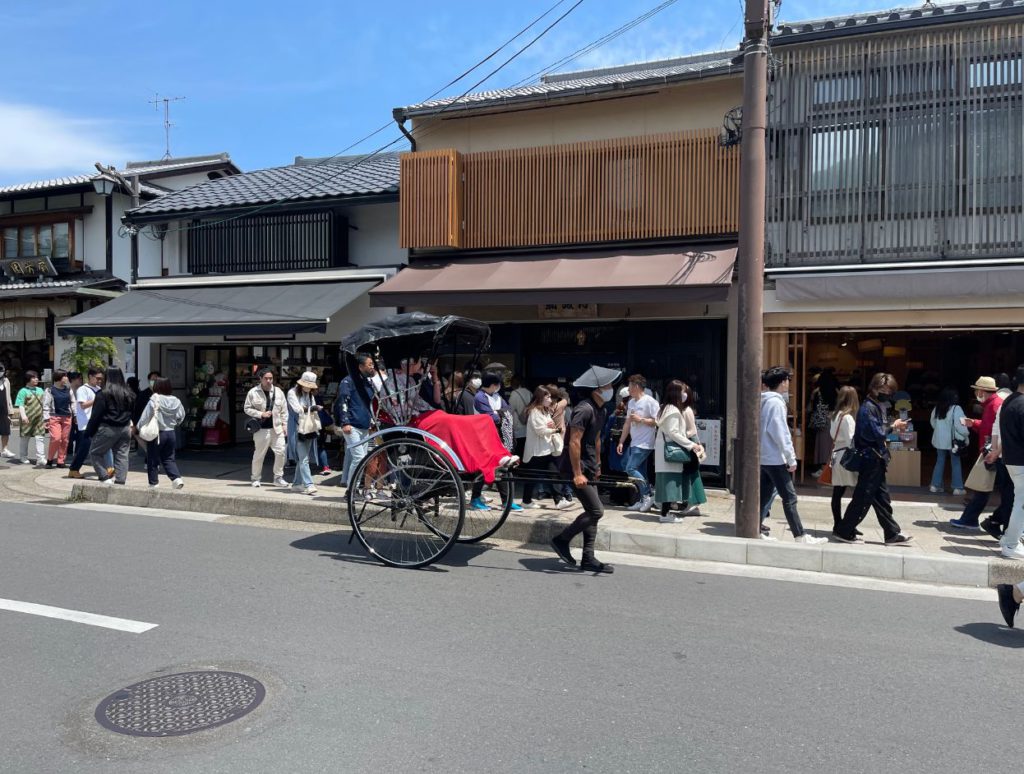
Book a Rickshaw Ride in Kyoto
7. Discover more about Samurai and Ninjas
We are in the land of samurais and ninjas. It is time to see how your favourite anime characters actually played out in real life. There are quite a few places in Kyoto that can tell you a lot about samurais and ninjas.
I found one at the Samurai and Ninja Museum and it was pretty nice. But kind of touristy, I have to say. We started the tour with a guide who seemed super into samurai, ninjas and katanas. He told us about the history of samurais, the hierarchy of feudal Japan, their ways and code of ethics, how ninjas came to be and a lot more.
Next, we went to their ninja practice area where we practised with some shuriken or ninja stars. Considering my clumsiness, I did not do too well. And then you could dress up as a samurai and take some photos. The only cache is these were cheap samurai costumes, so looked a little funny.
If you are willing to pay more, I will suggest you take a class on samurai practices where a seasoned master takes you through the ways of a samurai and where you can also get your hands on a katana to practice.
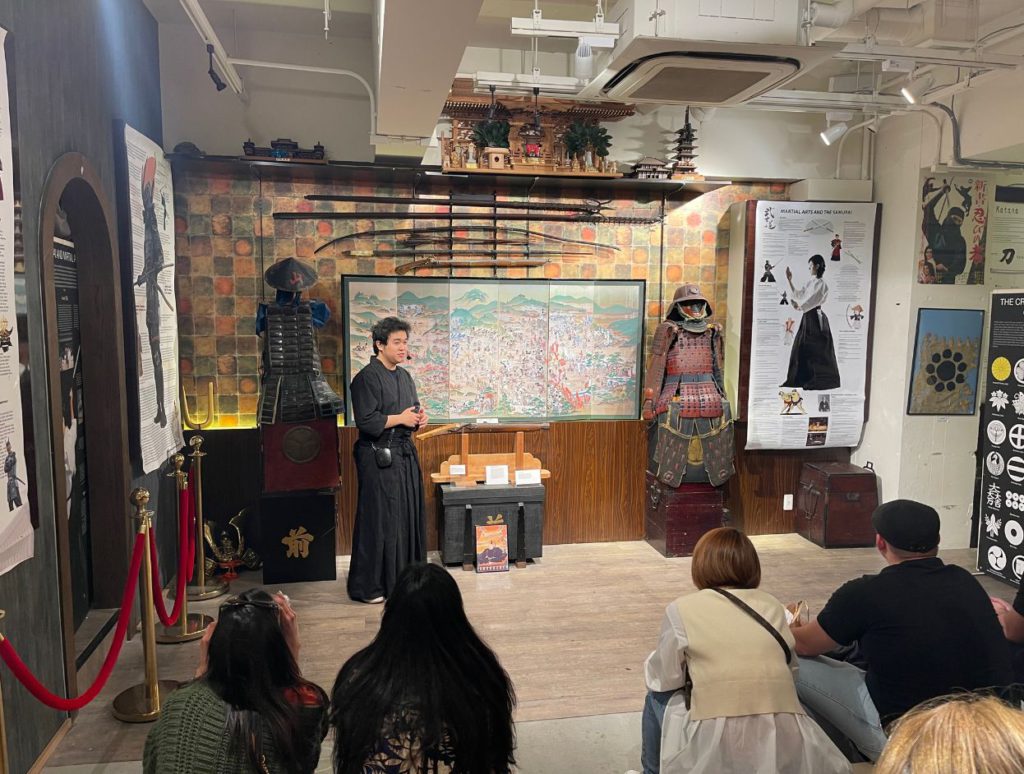
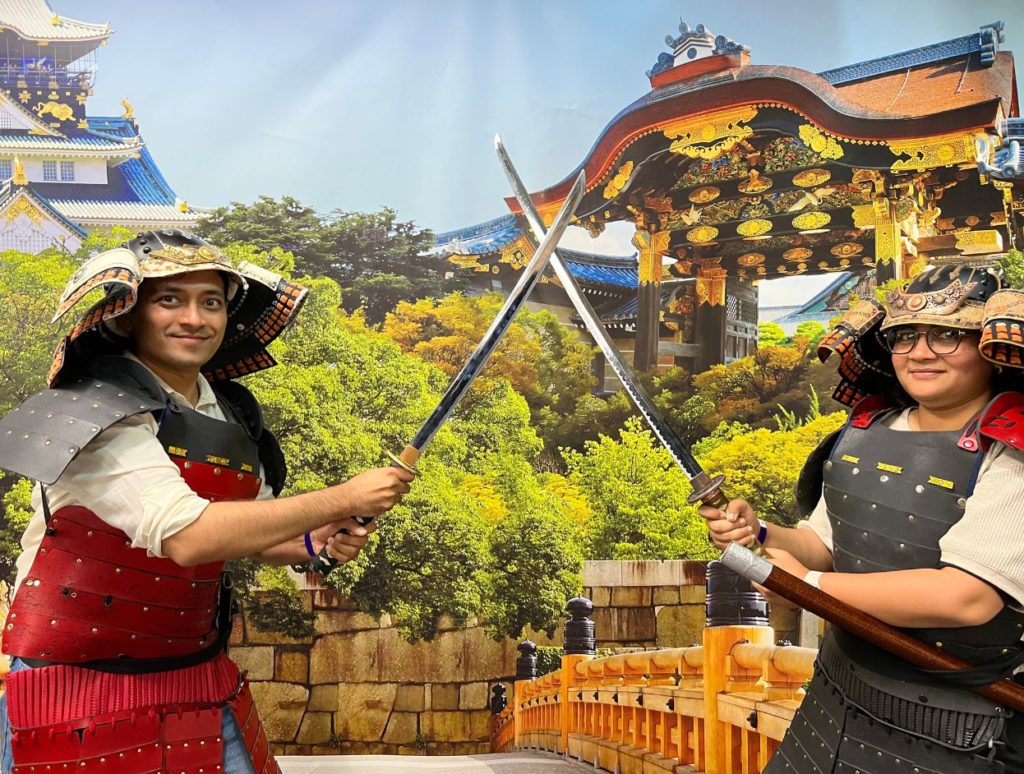
Book a Samurai Experience
8. Relax in an onsen
Japanese people work so hard that onsen is not just a luxury, but a necessity in Japan. And if you get a chance, go relax in an onsen. In fact, after some very busy touristy days in Kyoto, you will probably need this. If you don’t know, onsen is traditionally hot spring water that is used to draw out a bath. The minerals in the hot springs are therapeutic and the hot water is relaxing after a hard day of work.
Now there are a lot of public baths and onsens in Kyoto (as well as Japan). And they have excellent facilities. Some are more luxurious than others. But since they are public baths, do not expect a lot of privacy. It is going to be super-authentic though. If you want some privacy for yourself or your partner, some places also offer a private area for two. Look out for that.
If you do not get a chance to go to an onsen, you can always find one at your Ryokan if you are staying at one. If you are not, find a Ryokan and stay there. They are also common baths but are still limited to people staying in the Ryokan only.
Book an Onsen Experience
9. Go for Sake Tasting
Just like wine tasting, sake tasting is a thing. And if you are fond of hard liquor, sake is a whole different world. While I am not an expert in sake, I was able to find so many varieties and variations. It is also beautiful how the Japanese infuse local fruits and flowers into sake to create very unique blends.
Kyoto, especially the Fushimi area is popular for brewing sake. You can follow a guide that will show you how sake is brewed in detail along with its history and variations. Thereon, you can taste various types of sake available and order some snacks to go with it.
If you choose a more premium tour, you can get a variety of sake along with food pairings. Sake experts and speciality breweries can introduce you to their locally brewed sake and you can even visit the sake museum at the end.
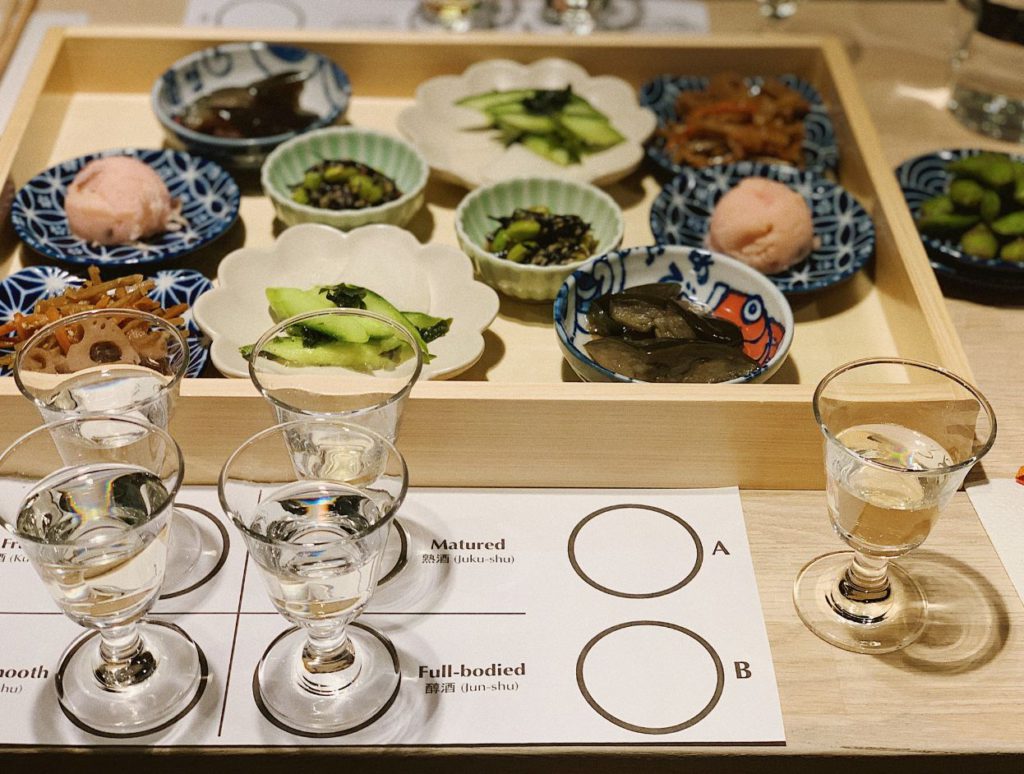
Book an Sake Tasting Experience
10. Meditate with the monks
For someone with more time on their hands and leaning towards an extremely different experience, Zen meditation technique is worth exploring in Kyoto. The meditation technique is taught by some of the Buddhist monks in several monasteries across the cities. But it is imperative to find someone who can speak your language.
You can find someone by asking around, maybe a local can help if you know one. You can also find an experience online that specializes in zazen meditation practice. A monk will guide you through the meditation process and also take you through the history of the temple.
Make sure you go with an open mind, covering your body appropriately in loose clothes.
Book Zen Meditation Experience Online
11. Make a Bento Box
If you do not know this about Japan, you should know that the food is to DIE FOR! Unless you don’t like Asian flavours. Even still, I cannot imagine anyone going to Japan and not liking the food. The simplicity and the few fresh ingredients make it absolutely amazing. So what better way to explore a new country than food?
And of course, you will be eating the stuff you make, but cooking it with your own hands will give it so much more satisfaction. You will get to know about the local ingredients, the sauces and maybe a little bit of history behind each dish.
Now Japanese cuisine has a wide variety of styles and regional dishes. So you can pick an activity that teaches some of the things you know or are interested in. Sometimes there is also an optional trip either to the market or the local bar afterwards which is a great addition to a food tour.
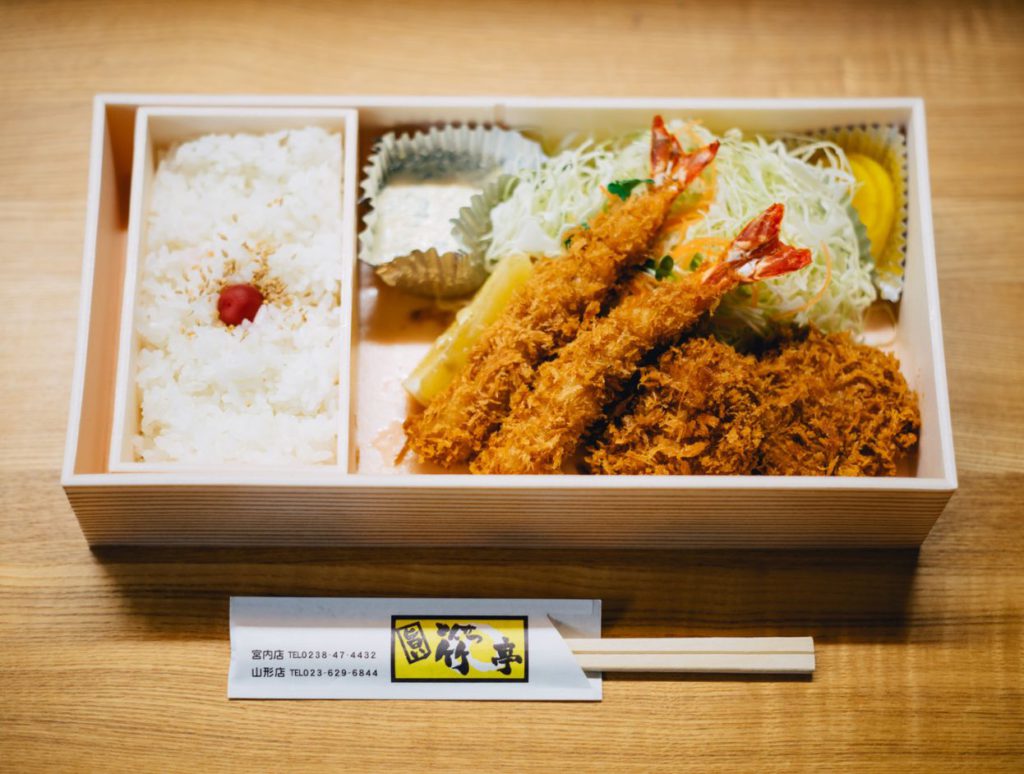
Book a Cooking Class Online
12. Learn Calligraphy
For me, Japanese letters look more like art. Especially when I see them written with black paint on a parchment or a cloth hung outside the ramen restaurant. Interestingly, the Japanese letters Kanji also originate from the Chinese letter, commonly known as Hanji. And where the modern Chinese language is a more simplified version of the traditional letters, the modern Japanese is also different, perhaps a way to move out of the traditional Chinese lettering style. Although you can still find Chinese script in a lot of places, especially temples, stations and old palaces.
Nevertheless, you will learn this from scratch. Not all of it, because that may take months. But most places give a simple lesson about the history and culture of the writing system. And you can write your own name in Japanese and you are free to take it home after the class as a souvenir. You don’t need to carry anything with you since everything is provided in the class.
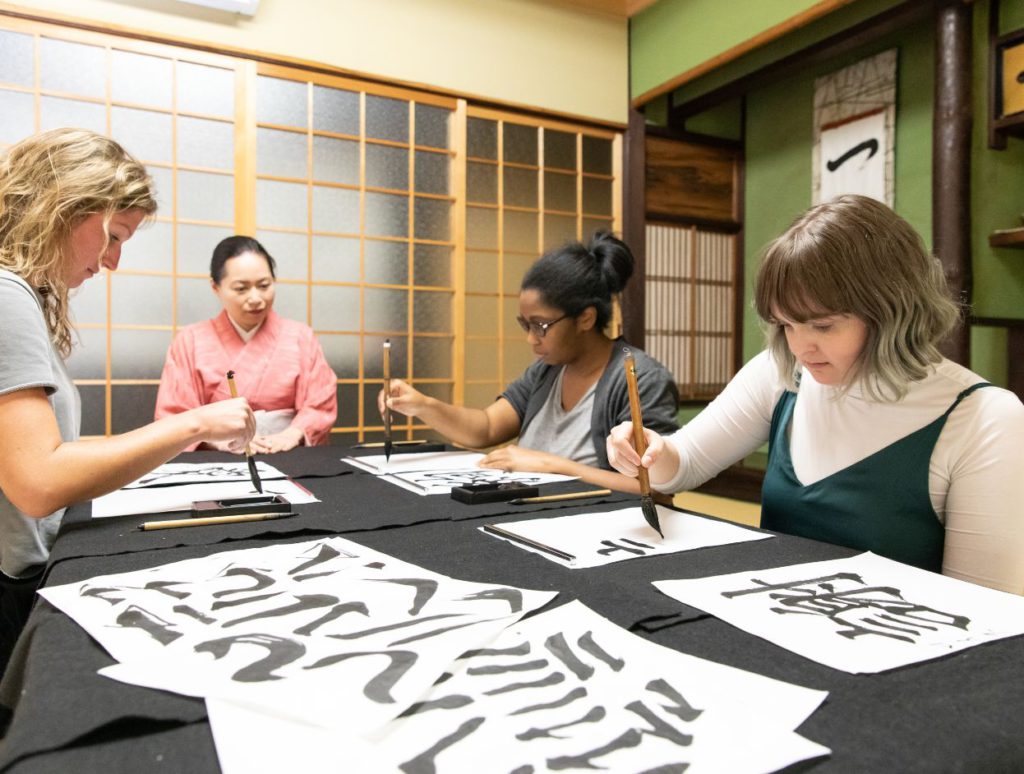
Book a class to Learn Calligraphy
13. Take a class in Ikebana
Ikebana is a traditional Japanese technique of flower arrangement that literally means ‘living flowers’. The art is more subtle and sophisticated than what you would usually see otherwise. Ikebana is regarded as one of the three classical Japanese arts of refinement that you can compare to art and sculpture in other cultures.
One of the main features of Ikebana is that it accommodates all seasons. It lets the person appreciate the changing seasons and the flowers that bloom during that time. Ikebana is an art style that is very unique to Japan. So if are interested in the delicate art and get a chance, take the plunge and learn it for yourself.
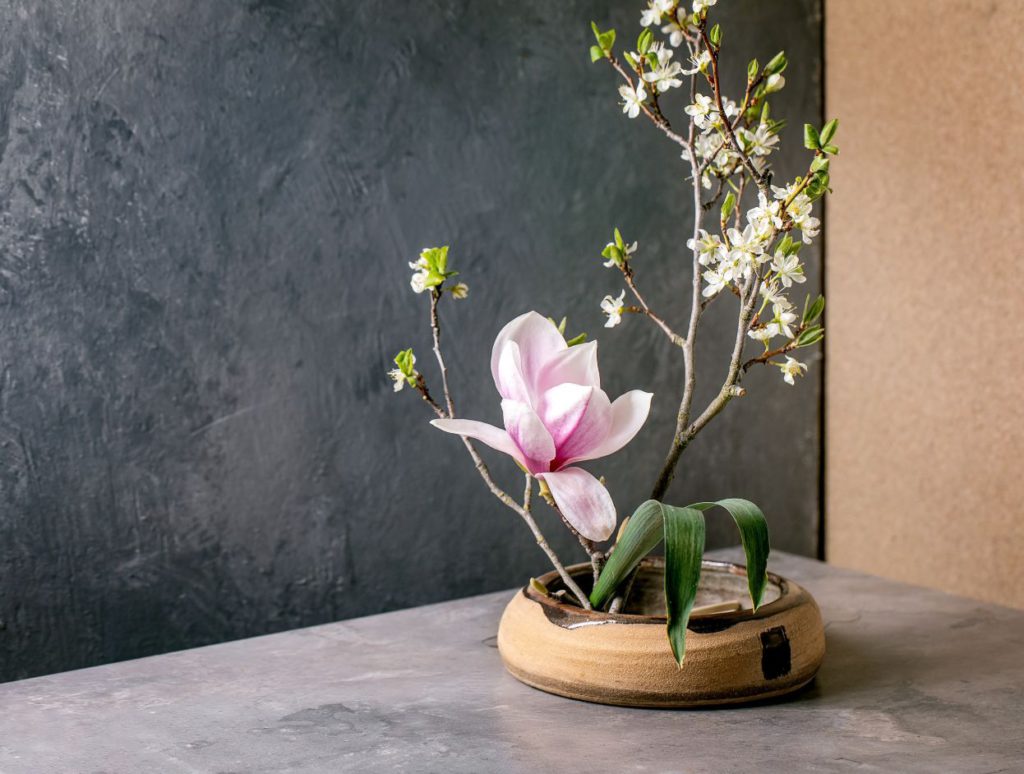
Book a class to Learn Ikebana






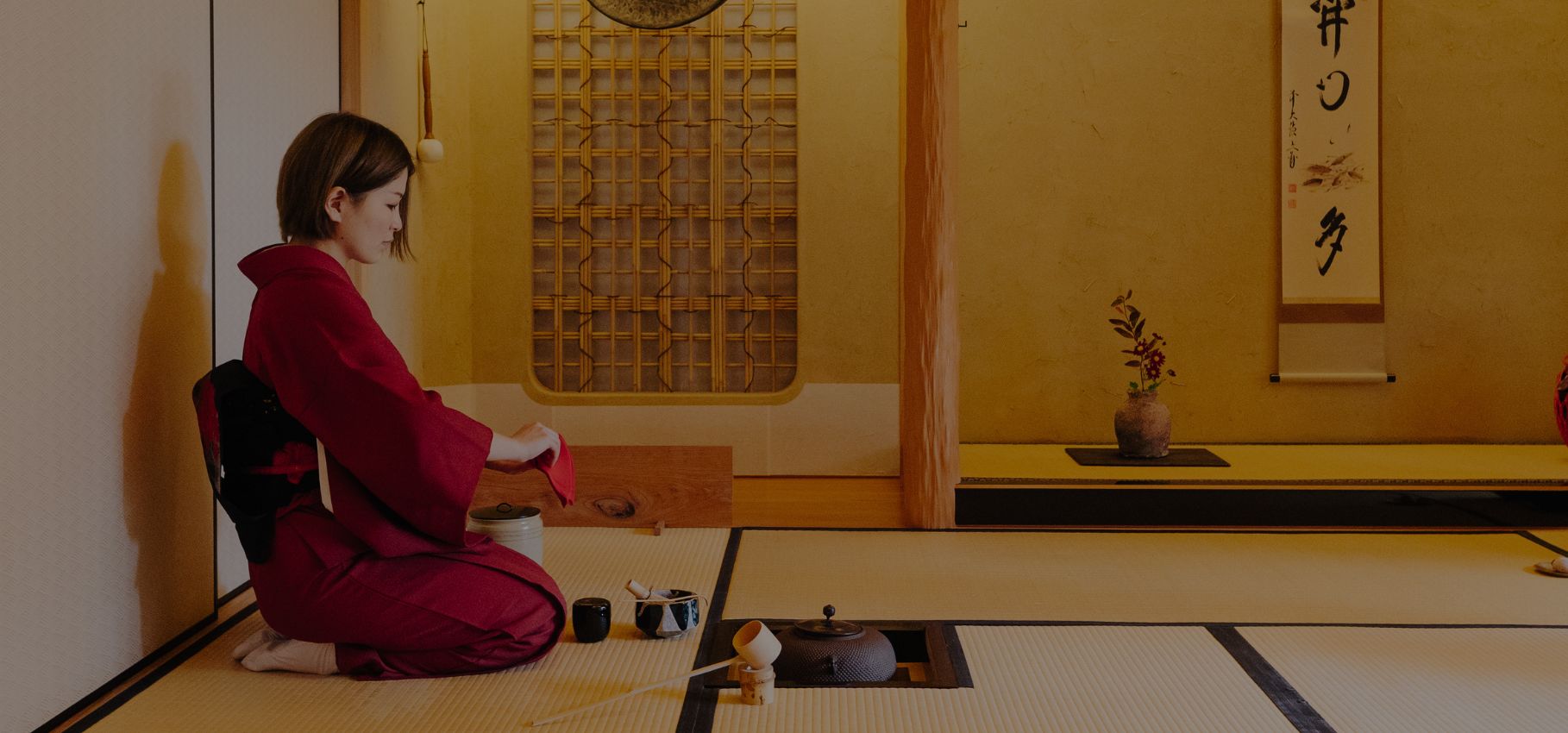
No Comments